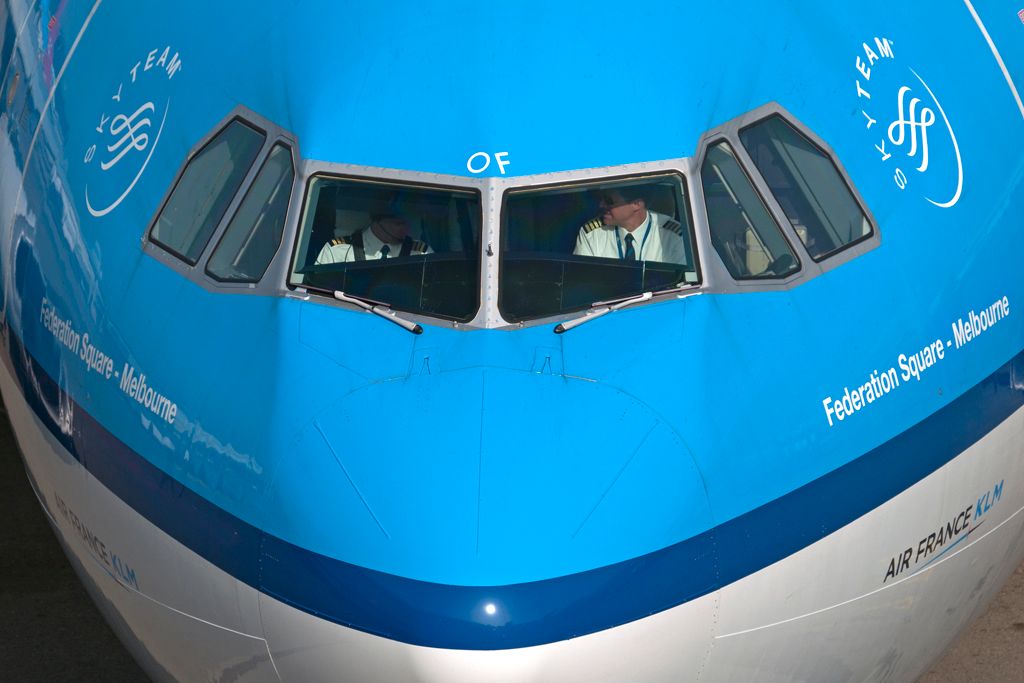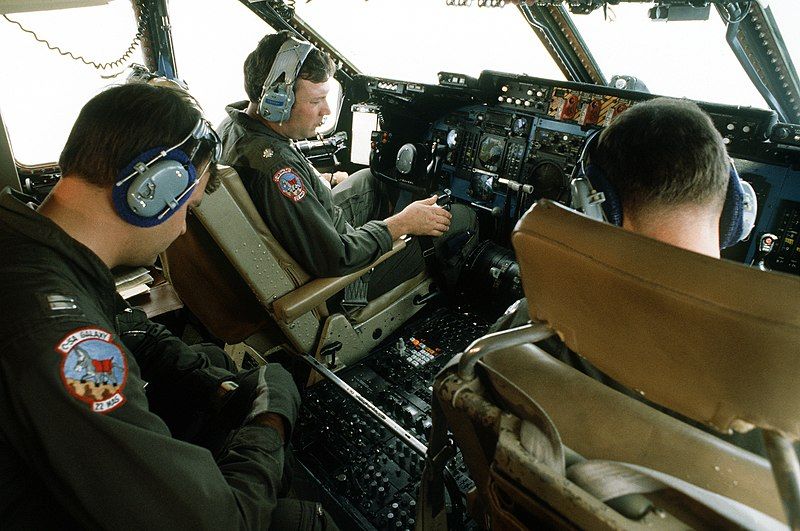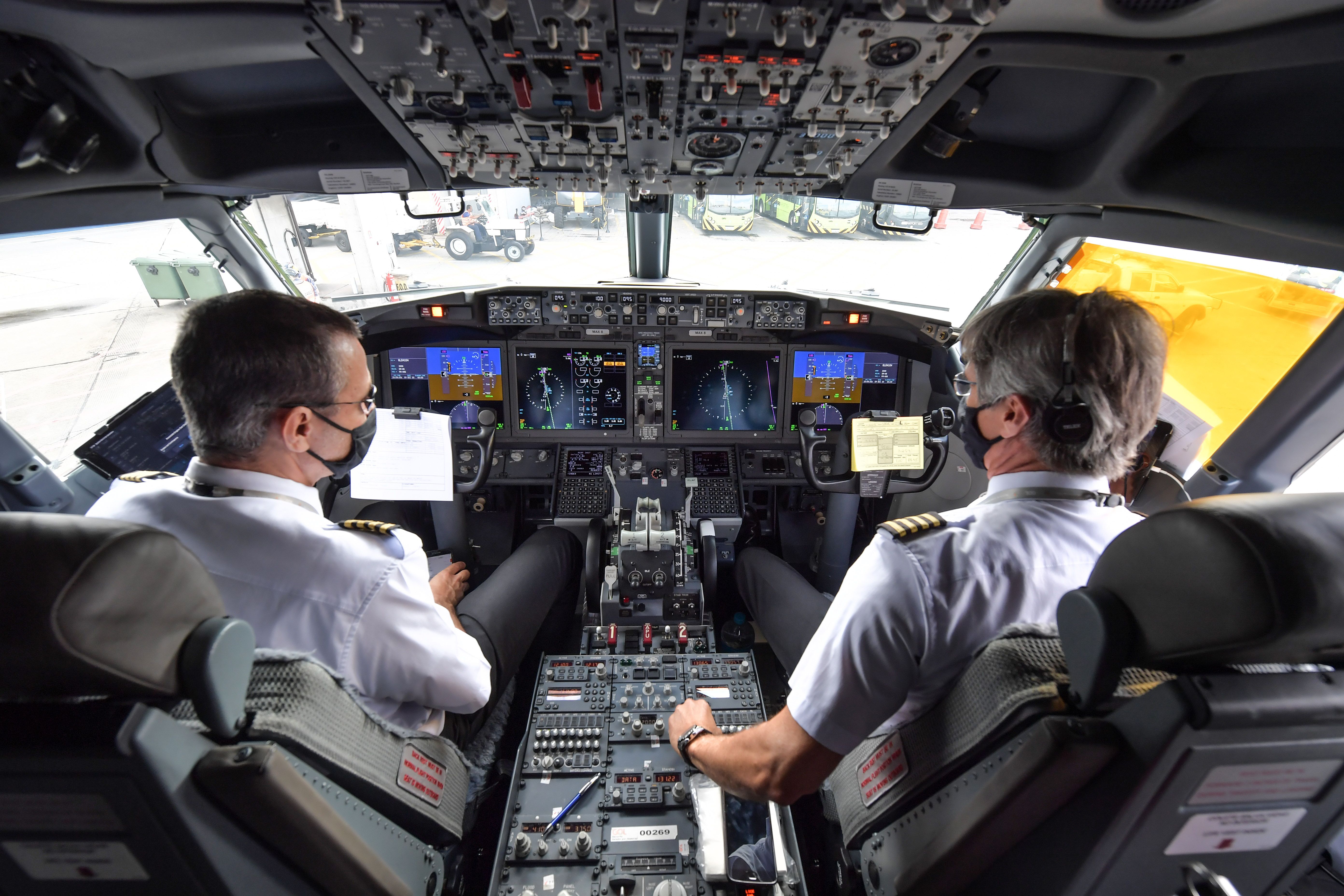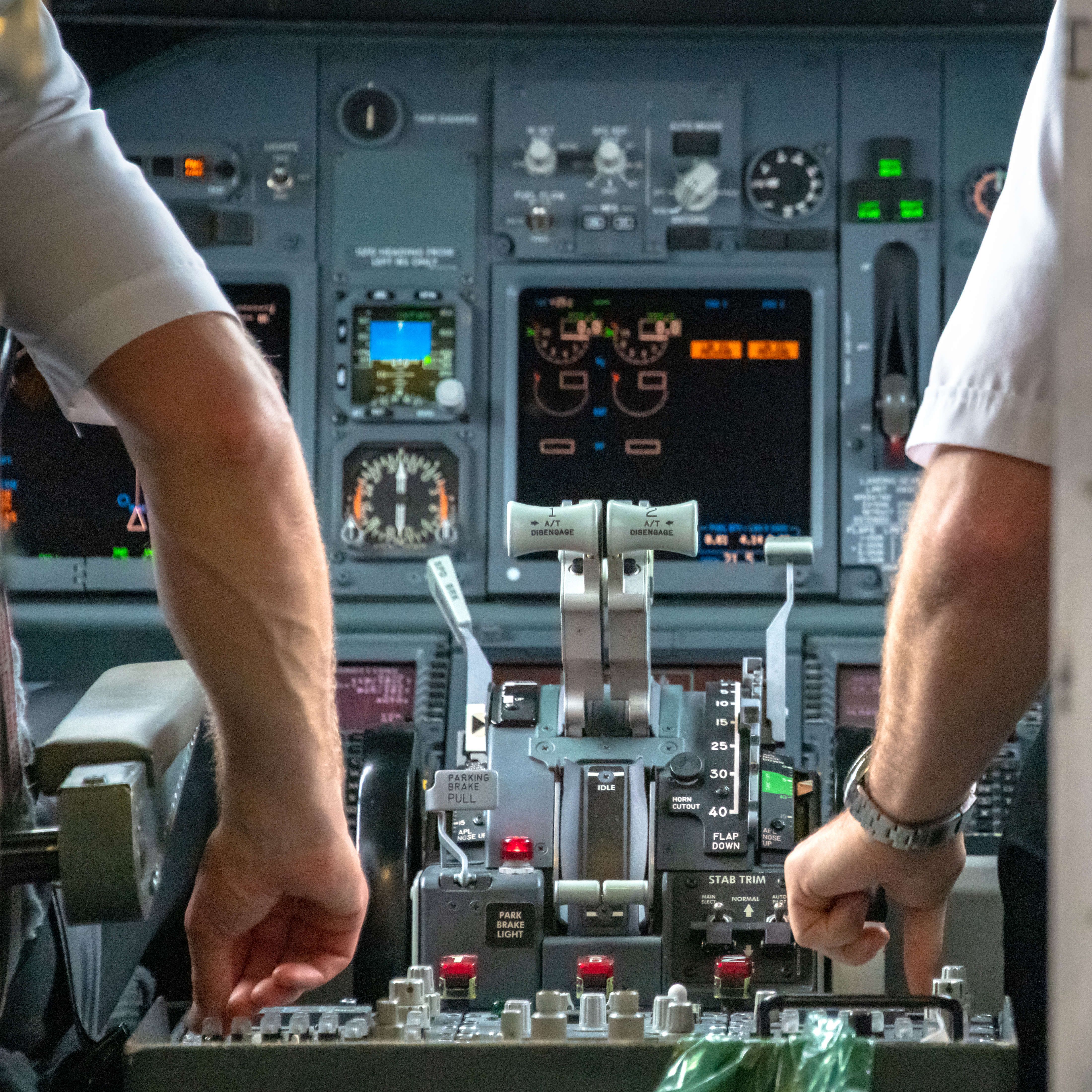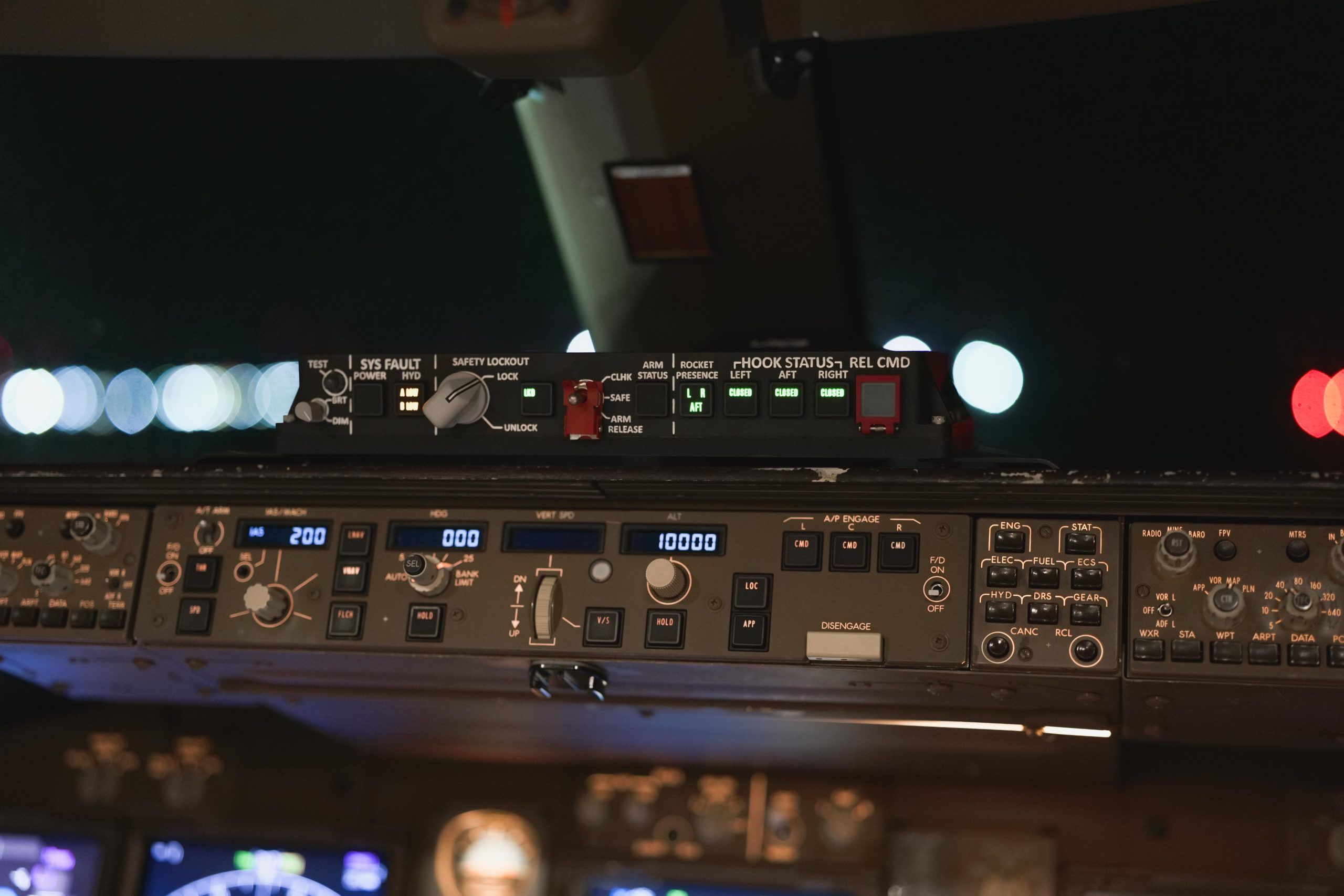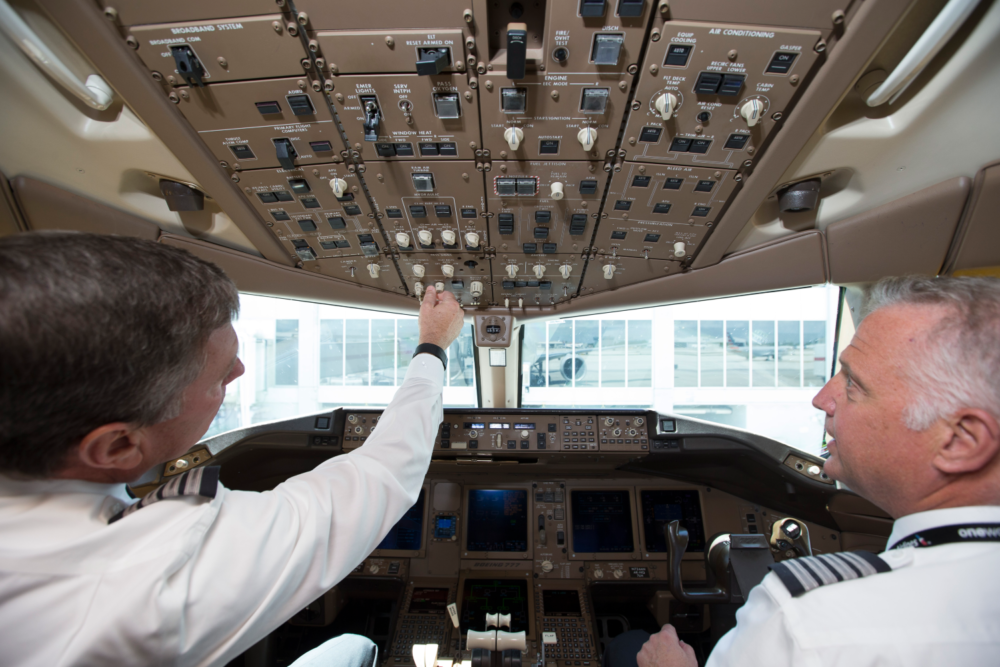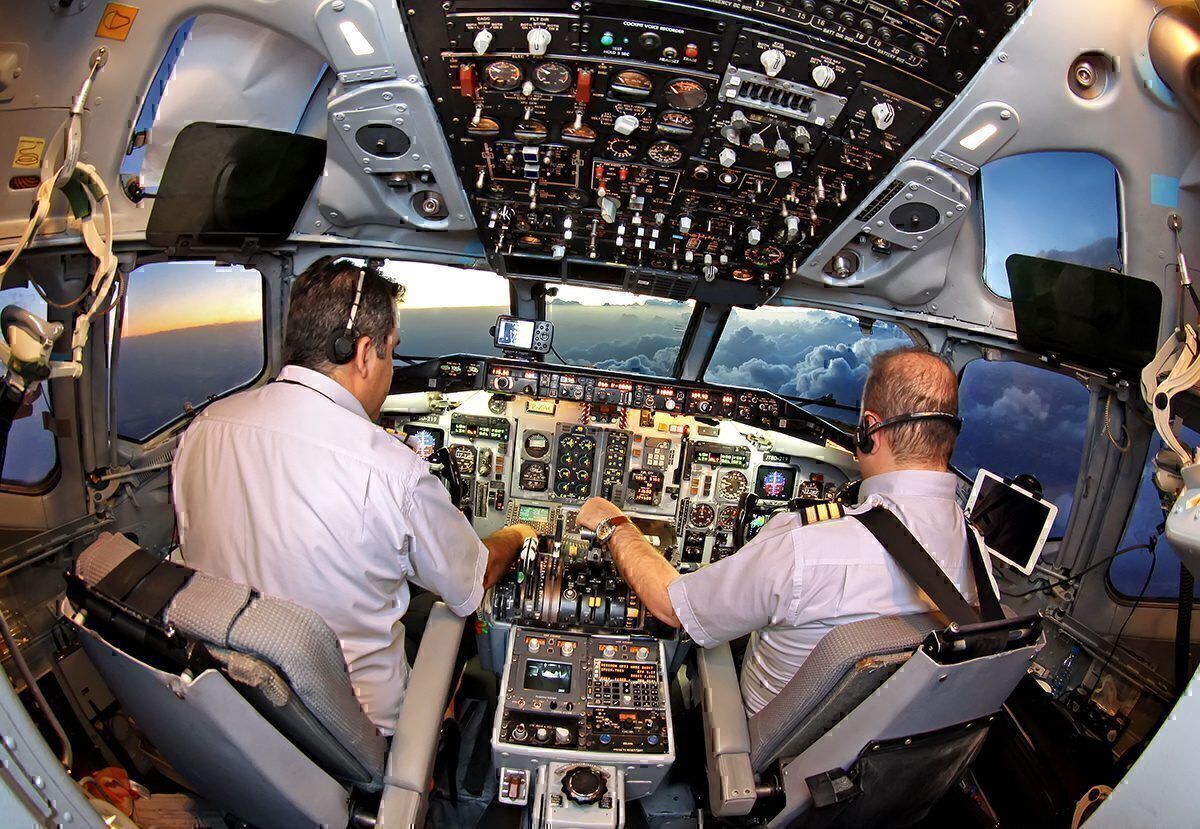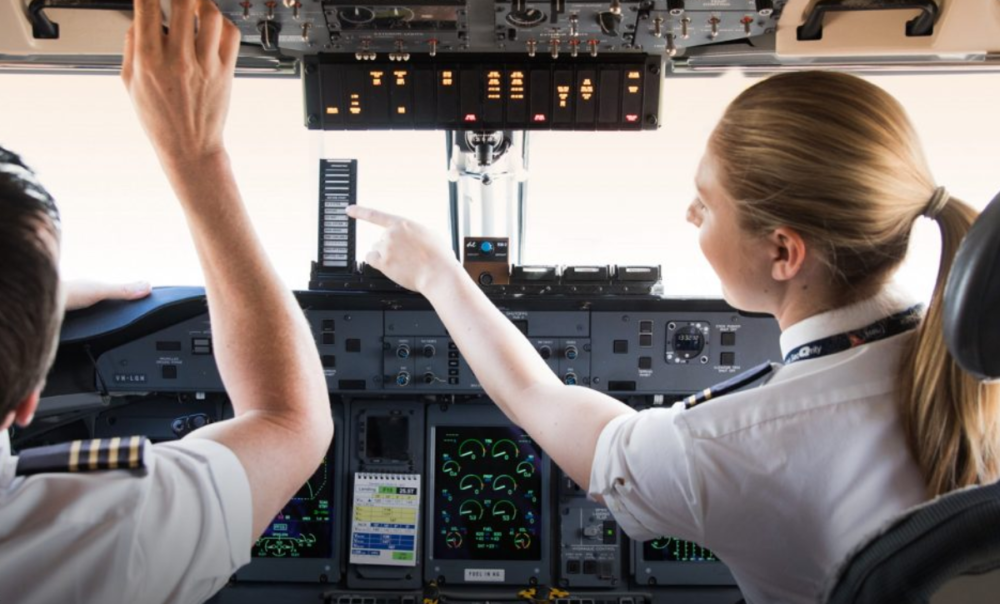In the early days of aviation, there were five flight crew members in the cockpit assisting in flying the aircraft. The captain, the first officer, the flight engineer, the navigator, and a radio operator. With advancements in technology, the crew complement has been now reduced to two - the captain and the first officer.
A few days back, we heard the news of some regulators coming together to discuss the possibility of removing one of the pilots in the cockpit and heading toward what is called Single Pilot Operations (SPO). This news was not well taken by most in the industry.
So, is SPO a possibility? In this article, we will discuss the main concerns and challenges in implementing SPO in commercial air transport.
What are the concerns?
The concerns are obvious. Two pilots in the cockpit have been the norm since the beginning of passenger air transport, and there are many reasons behind it.
Redundancy
Two pilots in the cockpit give the required redundancy. That is, if one of the pilots were to become incapacitated, the other pilot could take over the full operation of the aircraft and make a landing. One of the pillars of aviation is redundancy. Taking one pilot away is a big risk.
Reduces workload
A pilot’s job is not only to fly the aircraft. It also involves proper systems management and communication to ensure the safety of the operation. In today’s airliner cockpit, there are two pilots with assigned roles. One is the Pilot Flying (PF), and the other is the Pilot Monitoring (PM). The PF’s job is to fly and navigate the aircraft, while the job of the PM is everything else. This includes communication with the ATC, systems monitoring and management, and, most importantly, monitoring the actions of the PF. This way, the most critical part of the flight - the act of flying itself - is centered around one single pilot, which reduces the errors.
The roles of the PF and PM intensify in failure conditions, where the PM still manages the non-flying abnormal procedures that are required to counter the failure condition. It is in abnormal conditions that the importance of two pilots is fully realized. Complex failures can be difficult to comprehend, and this requires active input from both pilots to dive deep into the problem and solve it. This sometimes may include shifting of the roles between the pilots (i.e., the PF momentarily becoming the PM).
Check and balance
The other benefit of two pilot operations is that both pilots can check each other’s work to ensure that something is done properly. As humans do make mistakes, one more set of eyes watching helps to minimize errors that could lead to a serious incident. Many times, incidents and accidents have been avoided due to cross-checking, which is the common norm in an airliner cockpit.
The challenges
The technology does not exist at the moment
A modern airliner is highly automated. However, the automation and the autoflight system is simply an obedient subordinate of the pilots. It can only do what it is told to do. It does not have a mind of its own.
If airliners are to be operated with a single pilot in the cockpit, the automation must have some characteristics that represent the human pilot it is replacing. It must be able to challenge and respond to the pilot, and it must be able to “tell” the pilot what it is doing before the task is completed.
The main problem with this is that you can only program a computer to a limit. A human can adapt to the changing environment. Unfortunately, a computer can only perform tasks as per the codes written in it. So, it becomes really difficult to divide the tasks between a human pilot and automation. A simple example is this: let's say an aircraft is on a challenging approach to land and, close to the ground, it starts to rain and the winds pick up. The PM (Pilot Monitoring) turns on the wiper without asking the PF (Pilot Flying).
The PF does not say anything as he is fully concentrated on flying the aircraft safely onto the runway. After the aircraft is safely on the ground, the PF thanks the PM for turning on the wiper.
What happened here is a classic case of human cognitive ability. The PM used his knowledge and understanding of very basic human behavior to make the task easier for his colleague. He knew the PF was not in a position to talk due to the very challenging approach. So, he did what he thought was the best. He turned on the wiper to clear the rain off the windshield.
Could a computer do it? Yes, it could be programmed to detect rain and turn on the wiper. But it needs to be specifically told with how much rain contamination, the wipers need to be turned on. Sometimes, light rain may not require wipers, and turning them on could distract the pilot. A human pilot, on the other hand, knows with his flying experience how much rain would cause problems for the other pilot and how much would not. A computer cannot realize this, no matter how advanced the technology is.
The physical ability of the automated systems is also a question
The automation in an aircraft, particularly in a large airliner, is highly integrated and sophisticated. It requires input from various aircraft sensors for it to work properly. If it loses some or all of the data, then it can no longer fly the aircraft. And modern fly-by-wire aircraft become extremely difficult to fly without data inputs to the control system. So, the pilot not only has to perform the non-flying abnormal procedures, but he is also handed over a crippled aircraft that can no longer be flown accurately.
In a two-pilot cockpit environment, such a failure becomes easier to manage because one pilot can wholly concentrate on flying the aircraft (the PF) while the other pilot tries to counter the issue with the set procedures. In a single-pilot cockpit, such a failure could easily overwhelm the pilot to the point where he loses his situational awareness and becomes both physically and mentally fatigued. This can lead to a disaster.
So, the autopilot systems in an aircraft with single-pilot operations must be more robust and redundant, and more complex. This last point, the complexity, is another interesting talking point. What if the integration, sophistication, and complexity of the automation become so high that a pilot simply fails to understand it? This can get very complicated in automation failure situations where the pilot may have a hard time understanding what has failed and what is working.
This can make him mistrust the system to the point where he is not confident in giving certain roles to the automation, again increasing the workload. This can make it super hard for the pilot, who has to manage all of the systems, the failure, and the flying itself.

